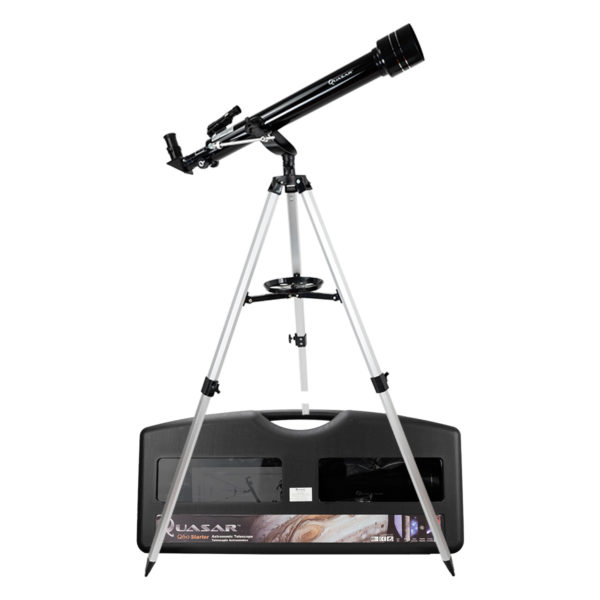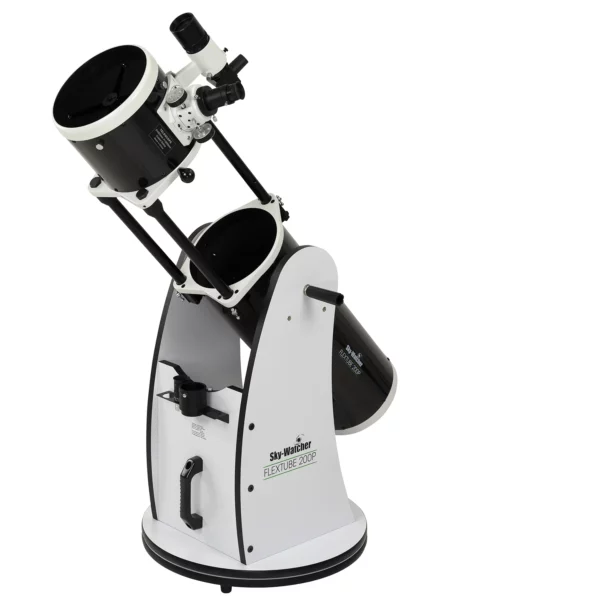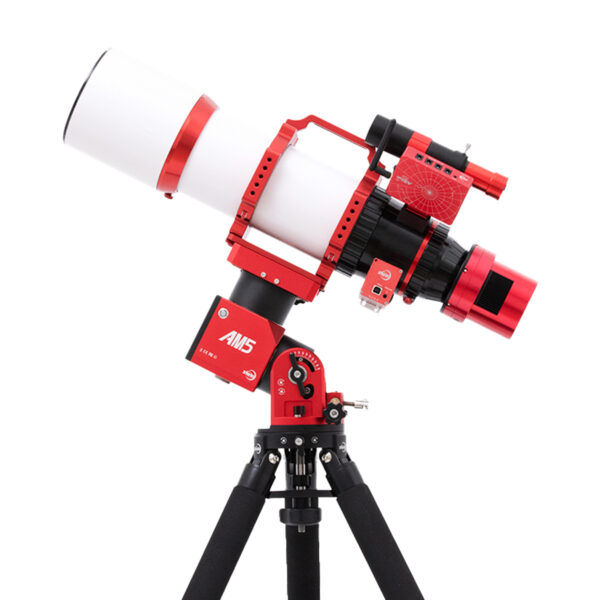The shape of the universe

This question is somewhat difficult to answer and scientists have been trying to answer it for a long time, so today we are going to see what conclusions scientists have reached.
We know that the question does not make much sense, for how can the whole have a form? And we say everything because well the universe encompasses everything, really, from empty space, to light and time.

For cosmologists, the universe is a very serious matter, since it involves the future of the cosmos, whether it is finite or infinite. Einstein was the one who introduced the idea, because with the theory of general relativity in 1915 he proposed that the universe could have one of three forms, Curved closed, as if it were a giant sphere in expansion.
It could also be a Hyperbolic, open curved, like one of those Sabritas or Pringles potato chips.
Finally, we have the flat hypothesis, basically a sheet of paper, only it has more than two dimensions.
One of the factors that would determine the shape would be the density, that is, the amount of matter in a given space. This means that the universe would be finite, although it would have no end. It also means that instead of galaxies and stars moving away from each other, they should be moving closer together, ending in a big collapse.
In the Hyperbolic and flat case, the universe would expand eternally, and everything would cool down.
To know what shape the cosmos has, you need solid observational evidence, only we have a little problem with that.
It was half solved, with the measurement of microwave background radiation, which are the cold remnants of the Big Bang, for by measuring the background we are learning the geometry of the universe, i.e. they determine the shape, depending on the journey they take, as it is believed that they follow any curvature that might be present.
According to cosmologist Carlos Frank they are like two rays of light, if they are in a flat universe they will always be parallel, in a spherical universe they will eventually cross and in a hyperbolic one they will never cross and will separate more and more.
In 2000, the shape of the universe was inferred for the first time with some level of confidence, when a multinational team, known as the Boomerang collaboration, inferred that the universe is flat.
This theory was reinforced by NASA’s WMAP probe, ESA’s Planck spacecraft, as well as the Atacama Cosmology Telescope. Current evidence infers that it is flat, but despite this evidence, it is still not possible to rule out that the universe is spherical or hyperbolic.
This is because of time, since the universe is so vast that the part we are observing seems flat, and our instruments are not that accurate and not enough time has passed to rule it out.
For now we know that it is flat and expands infinitely, but perhaps that will change in the future, either by the innovation of new instruments or by time.
And do you think the universe is flat or curved, hyperbolic or otherwise?




















